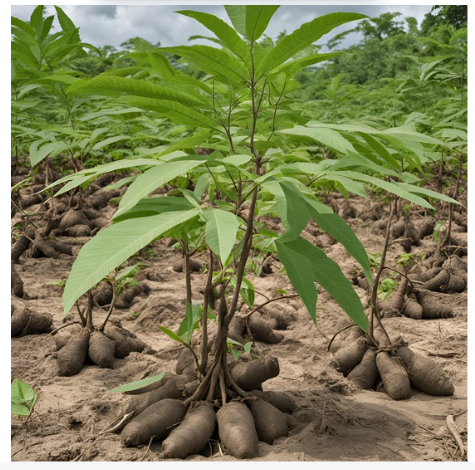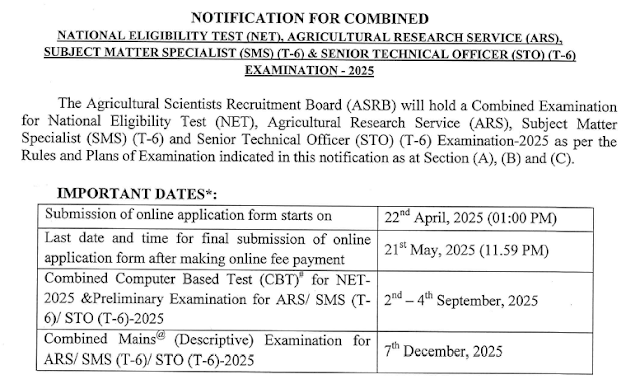Cassava: The Future Food That Could Save the World
As the global population soars toward 10 billion by 2050, the pressure on our food systems has never been greater. To meet rising demand, we need crops that are not only nutritious but also resilient to climate change, adaptable to harsh environments, and capable of feeding millions. Enter cassava—the humble root that’s gaining attention as a potential game-changer in the quest for food security.
Often overshadowed by big-name staples like wheat, rice, and maize, cassava is quietly becoming a hero crop for many countries, particularly in tropical regions. But why is cassava being hailed as the "future food" we all need? Let’s dig in.
1. Thrives Where Other Crops Fail
Imagine a crop that can grow in drought, poor soil, and extreme heat. That’s cassava. This tough root thrives in some of the harshest conditions on the planet, making it a lifeline for farmers facing the increasingly unpredictable effects of climate change. While rice fields dry up and wheat struggles with heat stress, cassava just keeps on growing.
Its secret? Cassava is incredibly drought-resistant and can survive on minimal rainfall, making it ideal for regions like sub-Saharan Africa and Southeast Asia, where water scarcity is a growing issue. In fact, cassava is often referred to as a "climate-smart" crop, perfectly suited to a world where climate resilience is no longer optional, but essential.
2. A Calorie King
Need calories? Cassava delivers. This starchy root packs more energy per hectare than almost any other crop, including rice and maize. With the world’s population expected to require 70% more food by mid-century, high-yield crops like cassava are crucial. For communities that rely on it as a staple, cassava can be the difference between going hungry and having a steady source of food year-round.
3. Nutrient Boost for the Future
Cassava is traditionally known for its carbohydrate content, which makes it a great energy source, but historically it has been low in other essential nutrients. That’s changing, thanks to scientific advancements in biofortification. Researchers are working to enhance cassava’s nutritional profile by boosting levels of vitamin A, iron, and zinc. These enhanced varieties, often called "super cassava," have the potential to tackle malnutrition, especially in regions where diets lack variety.
Imagine a single crop that not only fills bellies but also delivers critical nutrients to prevent diseases like vitamin A deficiency, which affects millions of children worldwide. Cassava has the power to do just that.
4. A Crop of Many Talents
Cassava is not just food; it’s a versatile powerhouse that extends far beyond the dinner table. In the food industry, cassava starch is a key ingredient in everything from bread to snacks. But it doesn’t stop there. Cassava starch is also widely used in textiles and paper and even as a biodegradable alternative to petroleum-based plastics.
As we move toward greener, more sustainable economies, cassava could play a huge role in the bioplastic revolution. Imagine replacing single-use plastic bags and packaging with cassava-based alternatives—products that break down naturally and don’t pollute the planet.
And that’s not all. In biofuel production, cassava is increasingly being used to create ethanol, offering a cleaner energy source for countries looking to reduce their reliance on fossil fuels. From food to fuel, cassava’s versatility is unmatched.
5. Empowering Small Farmers
Cassava is grown by millions of smallholder farmers, many of whom depend on it as both a staple food and a source of income. Promoting cassava cultivation not only strengthens local food systems but also boosts economic opportunities in rural communities.
Unlike crops that have a short harvesting window, cassava can stay in the ground for up to two years, essentially serving as an "underground food bank." This feature provides farmers with flexibility, allowing them to harvest when prices are favorable or when other crops fail.
For women farmers in particular, who make up a significant portion of cassava growers in many regions, this crop offers a path toward economic empowerment. By improving cassava yields and processing techniques, farmers can access new markets, diversify their incomes, and lift themselves out of poverty.
6. Tackling the Challenges
Of course, like any crop, cassava comes with its own set of challenges. One of the biggest issues is its susceptibility to diseases like cassava mosaic virus and brown streak disease, which can devastate yields. However, advances in biotechnology are helping to develop disease-resistant varieties, ensuring cassava remains a reliable food source.
Another challenge is the presence of cyanogenic glucosides in cassava, compounds that can release toxic hydrogen cyanide if not properly processed. Thankfully, traditional methods like soaking, fermenting, and cooking effectively remove these toxins, making cassava safe for consumption.
The Future Is Cassava
In a world grappling with food shortages, climate change, and the need for sustainable economic development, cassava stands out as a crop that can address all three. Its climate resilience, high caloric yield, versatility, and potential for nutrient enhancement make it a top contender for feeding the future.
But cassava’s potential goes beyond just being a food staple. It’s an economic engine, a biofuel source, and a sustainable material that can reduce our reliance on harmful plastics. With continued research and investment, cassava has the power to transform lives, nourish communities, and help create a more sustainable, food-secure future for all.
The future of food isn’t just about what we grow—it’s about how we grow it. Cassava is leading the way.
References :
- FAO (Food and Agriculture Organization of the United Nations). Cassava in a Changing Climate: Opportunities and Challenges. FAO Cassava Reports
- González, P., et al. (2014). Climate Resilience of Cassava Production Systems. Agricultural Systems, 124, 56-68. Link to Article
- Romer, R. L., & Schaffer, W. (1994). Agricultural Development and Productivity Growth: A Historical Perspective. American Economic Review, 84(1), 34-51. Link to Article
- Sanchez, P. A., et al. (2017). Cassava: A High-Calorie Staple for Food Security. Global Food Security, 13, 55-63. Link to Article
- Bredenkamp, C., & Mutegi, J. (2014). Cassava’s Nutritional Potential and Biofortification Efforts. Journal of Nutrition & Food Sciences, 4(3), 1-10. Link to Article
- FAO. Biofortification of Cassava: Enhancing Nutritional Value. FAO Biofortification Resources
- Mukanya, M. M., et al. (2008). Uses of Cassava in Various Industries. Industrial Crops and Products, 28(2), 101-109. Link to Article
- International Institute of Tropical Agriculture (IITA). Cassava in Industry: From Starch to Bioplastics. IITA Cassava Applications
- World Bank. The Role of Cassava in Rural Economies. World Bank Reports on Cassava
- FAO. Cassava: Economic Importance for Smallholder Farmers. FAO Economic Reports
- Njuguna, D., et al. (2017). Disease Management in Cassava: Current Strategies and Future Directions. Plant Pathology Journal, 33(4), 215-228. Link to Article
- Hartzell, R. E., & Gebremichael, D. (2005). Toxicity Management in Cassava Consumption. Food and Nutrition Bulletin, 26(1), 12-25. Link to Article
- International Institute of Tropical Agriculture (IITA). Comprehensive resources on cassava research and development. IITA Cassava Resources
- CGIAR Research Program on Roots, Tubers & Bananas (RTB). Focused on improving cassava and other root crops. RTB Program
- Global Cassava Partnership on Agriculture and Nutrition (GCP). Collaborative efforts to enhance cassava's role in food security and nutrition. GCP Resources
- Get link
- X
- Other Apps




Comments